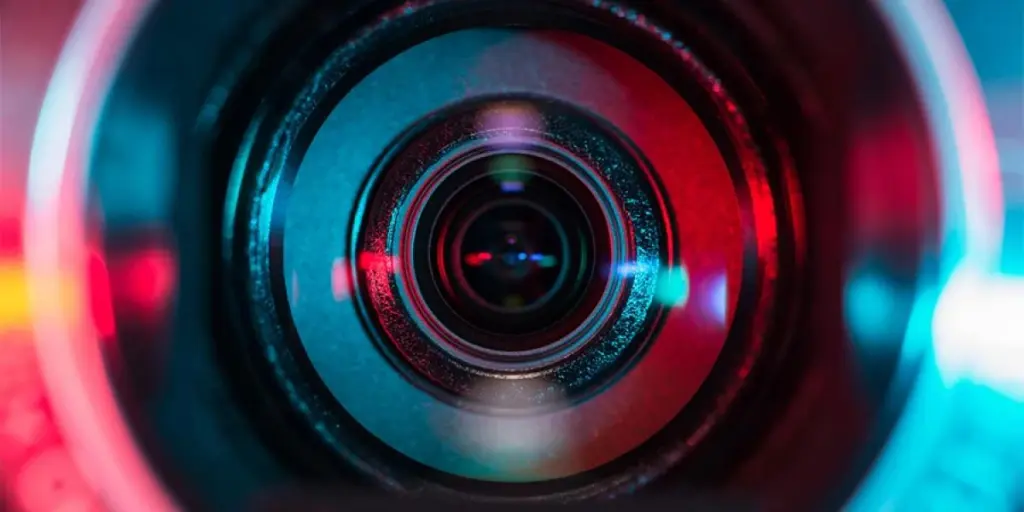If you are looking to buy a trail camera for the first time, you may be unsure as to which size, resolution, triggering distance and speed, power supply, and night vision are right for you. Here are some guiding points that may be helpful in helping you choose:
1. How do trail cameras work?
Trail cameras are triggered by a combination of heat and motion, where both must be present for the camera to capture a photo or video. This means that when a hot-blooded animal, such as a deer, passes the trail camera, the PIR sensor will engage and feedback to the camera. This will then trigger the camera to automatically take a photo or video. However, if the animal passing the trail camera is cold-blooded, such as a snake, the camera will not work due to the absence of heat.
2. Which resolution should be chosen?
Higher resolution means clearer photos and videos, but also a higher price tag. Resolutions on the market are typically 4K, interpolated 4K, 1080P, and 720P. Think about the target price and then choose the right one.
3. Why are the triggering distance and speed different?
Usually, the trigger distance for a trail camera is around 15-30 meters. If you wish to take images at a further distance, then you should choose the one with a longer trigger distance. If not, choose a camera with a trigger distance of between 15 to 20 meters.
The most common triggering time for a hunting camera is around 0.4~2S, as these time frames are sufficient for most situations. However, it should be noted that a fast triggering time does not mean that the other parameters are good too. Be sure to check the triggering distance, speed, resolution, and other specifications and features as well. In addition, be aware that many items in the market are marked with fake specifications, so always buy from a reputable seller.
4. What is the power supply for the trail camera?
Most trail cameras use AA batteries as their power source. Some require 4x AA batteries, 8x AA batteries, or 12x AA batteries, while others require an 18650 battery or even an external solar panel. Mini trail cameras usually only need 4x AA batteries, are a small portable size and have a battery life (standby time) of around 4 months. Trail cameras with 8x AA batteries can be left on standby for around 6 months. Trail cameras with 12x AA batteries can be left on standby for around 8 months. If you require a longer standby time, choosing a solar panel option is a good choice as the camera can recharge automatically.
5. What is the night vision function on a trail camera?
Trail cameras are equipped with infrared LEDs, making night vision possible. Usually, trail cameras take black and white photos and videos at night. However, some trail cameras perform better during the day than at night, while some work in the opposite way. If you would like a trail camera that performs well during both conditions, you should choose a dual lens trail camera, where one lens is designed to capture images in daytime and one lens is designed for night time conditions.
6. What is the detection zone (PIR FOV) and lens field of view (FOV) of a trail camera?
The detection zone is the area in which a camera is able to sense motion to then trigger a photo. The two factors which determine the detection zone are detection width and detection range (see point 3 in this article). Usually, the detection zone is known as PIR FOV, with the most common parameters in the market being 45°C -120°C. With regards to the lens field of view (FOV), wider angle sizes may be prone to image distortion, while smaller ones will have a narrower range.
7. Which trail camera should you buy?
Some of you may have very specialized needs or concerns. For example, if you intend keep the trail camera in one place, you may need a WiFi trail camera. If you want the trail camera to be able to send a message to you directly, you may need a 3G trail camera. If you intend to download the pictures and photos, or even set up live streaming, you may want to invest in a faster 4G trail camera.
The information set forth above is provided by HDking independently of Alibaba.com. Alibaba.com makes no representation and warranties as to the quality and reliability of the seller and products.




